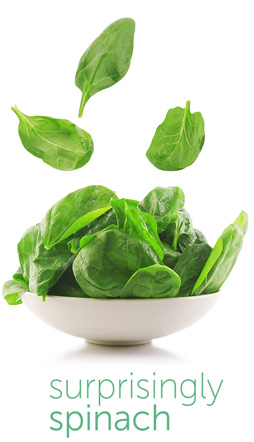“Why is my stomach so upset every time I eat ice cream or drink milk? It seems that dairy products just don’t agree with me anymore.”
If this sounds familiar, the problem may be a digestive disorder known as lactose intolerance. Lactose is a naturally occurring sugar found in milk and foods made from milk. In normal digestion, an enzyme called lactase breaks down milk sugar to be absorbed for nourishment. When lactase levels decline–which can happen as we age–dairy products may become very difficult to consume. Symptoms such as nausea, bloating and abdominal pain are common signs of lactose intolerance, and usually signal that a “diet tune-up” may be needed. The good news is that most people can tolerate at least some lactose containing foods. Cheese and yogurt, for example, are considered low in lactose and may be better choices than milk or ice cream. Today’s supermarkets offer a number of products that are intended especially for people with lactose intolerance. Foods such as milk with added lactase, or milk and dairy substitutes made from almonds or soy add variety and nutrition to a lactose-controlled diet.
Extra:
Avoiding dairy products can increase risk of deficiencies of other nutrients such as calcium and vitamin D; supplementing or finding other food sources for these nutrients may be beneficial. Label reading is imperative for managing lactose intolerance, since lactose may be added to foods and even medications.




 And Other Power Foods >
And Other Power Foods >